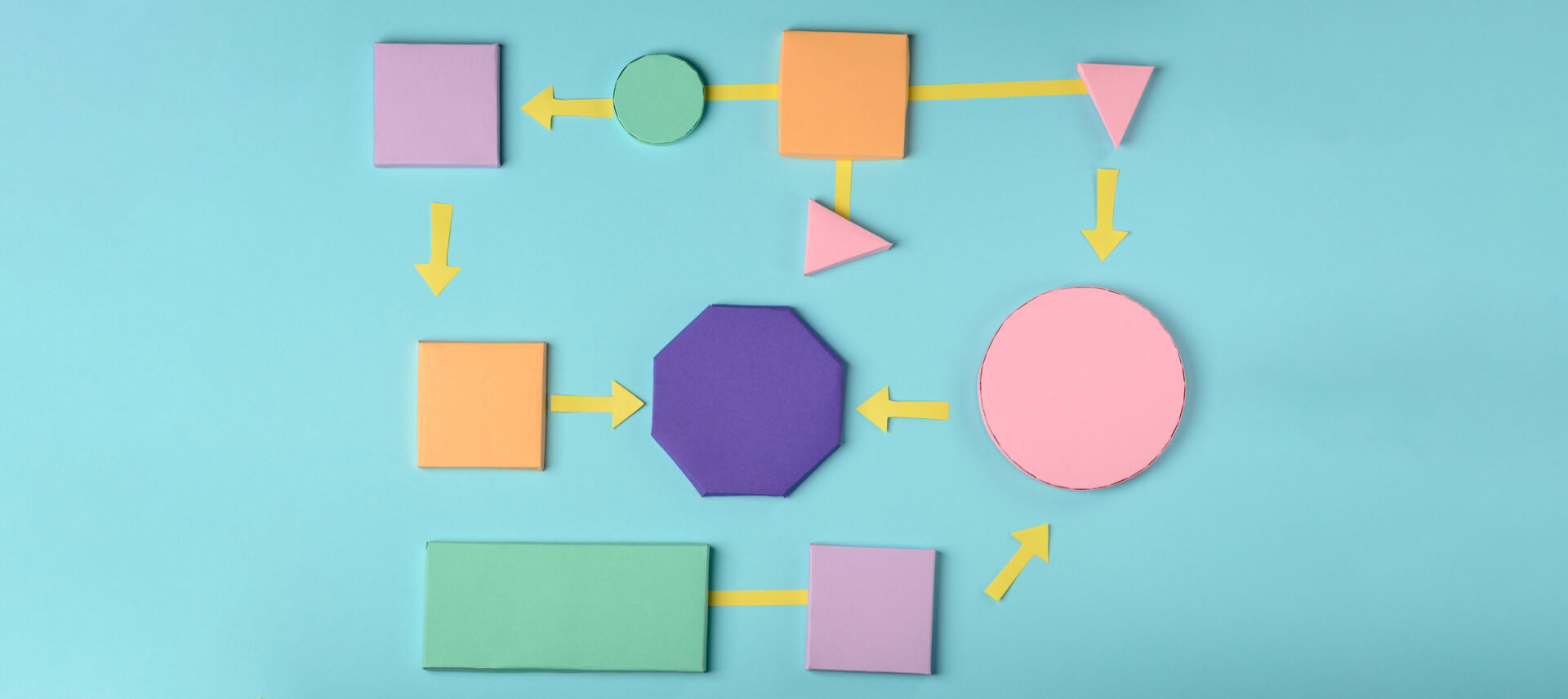
Article
The End is the Beginning: 3 Lifecycle Questions to Ask Before Designing a New Product
Every product lifecycle decision should be informed by your business strategy and audience’s expectations. Learn what to consider during the strategy phase.
In the world of product development, there’s plenty of controversy around whether users have a right to repair the items they invest in. Tech companies in particular have come under fire for locking down access to batteries and operating systems as a way to maintain security and control over the products they design and build.
We’re not here to wade into that fray. But we are here to emphasize that every product will eventually need repair and/or reach the end of its useful life. Because of that, questions around issues like right to repair, sustainable design, and planned obsolescence are critically important. Whether you’re researching medical, industrial, or consumer product design services, you need to begin thinking about your product’s middle and end stages long before your project even begins.
To that end, here are the key questions to consider before you turn your germ of an idea into a fully-fledged product.
1. What Should Our Product’s Lifecycle Look Like?
Sustainable or single-use? Product control or right to repair? There are valid reasons to prioritize one path over the other in product design, but your options aren’t necessarily one or the other. For example, there are many ways to design single-use products with sustainability in mind.
The key is to think about every facet of your lifecycle as early in your product’s strategy phase as possible. Failing to define your goals and make appropriate plans in the beginning will mean losing control of how your product is ultimately decommissioned.
Charting Out Your Product’s Lifecycle
To arrive at the right course of action for your product, it’s important to lay out the journey of your product from cradle-to-grave. To aid in this effort, make sure your development team considers questions like:
- Does our product require resources that are scarce or difficult to source (e.g. helium)? Do we need to figure out ways to recover, reuse, refurbish, and/or redistribute those elements?
- Will certain components deteriorate faster than others? Does providing repair options extend the overall life of the product while also fitting into our revenue and pricing model?
- Does our product require a significant financial investment from our consumers (e.g. capital equipment, vehicles, appliances)? Is regular maintenance and repair a requirement of owning the product?
- Are factors like sterility and safety of paramount importance in our industry (e.g. medical devices)? Do those requirements supersede all other design choices?
- Is our product complex and overly onerous to repair or service? Is managing serviceability ourselves the only way to guarantee a favorable experience?
- Will creating modular or replaceable elements within our product make it more difficult to use? Could empowering our users to repair or replace a component affect usability and ultimately diminish our market share?
Again, the route you ultimately take in response to each of these questions should map back to — and support — your overarching business goals and strategy. As with most things, there are trade-offs to be weighed and decisions to be made.
2. What are the Design and Business Implications of Our Lifecycle Strategy?
Decisions about your product’s lifecycle must be made early for two important reasons. First, they inform the literal design of your product. If you want consumers to be able to replace a battery, you have to design the battery to be easily removable. Second, these decisions impact your business model as a whole. If you want customers to send a product back to you for service, you must have the infrastructure in place to support that.
Think about factors like:
- Your brand mission. Your brand stands for something important and that must live through your products. For example, Patagonia’s brand mission is “We’re in business to save our home planet”. Thus, they’ve built a supply chain that prioritizes responsibly sourced raw materials and a program where any of their products, no matter the condition, can be returned for repair or upcycling. Your lifecycle strategy is an opportunity to convey your brand mission, whatever that mission may be.
- Your brand experience. Your product tells a story. That story can be one of quality, flexibility, durability, or any number of brand attributes. This is how you distinguish your products in the market. Companies like Apple have built their brand around their ability to ensure high quality and consistency in their designs. Opening up their product line for DIY repair may significantly compromise the product experience their users expect. In the same way, it’s important for you to consider what messages you want to convey through your brand and ensure your product design choices align with your brand strategy.
- Your company infrastructure. Whether you’re maintaining control of your product’s entire lifecycle or empowering users to repair and replace components themselves, your business must be set up to support those choices. If you need to build in a system for collecting and redistributing your product so you can service it and return it to the consumer, then you need to plan for that. Perhaps you want to empower your users to customize and service your product according to their desires. In this case, you may want to publish design resources or create a marketplace for the purchase of replacement parts. Whatever the approach, consider the infrastructure implications as early as possible.
Thinking about your business needs prior to designing and launching your product allows you to provide your customers with a predictable and positive user experience, start to finish.
3. How Do We Communicate Our Product’s End of Life Goals to the End User?
Interactions with your users rarely end at the point of sale. Just as it is important to think about the physical design elements of your product in the strategy phase, it’s also important to think about the customer experience and support interactions post-sale. How will you convey the information your users need to have the optimal product experience?
Truth be told, achieving the lifecycle goals you have for your product will never be entirely in your control. The end user has a role to play, too. If you want them to do their part, you need to provide clear, accessible instructions for how to handle your product.
This could take many forms depending on the product or service, but an important thing to consider is how you may be able to capture your user’s attention and where they habitually go to find more information. Perhaps it’s in the out of box experience, on your app, or on your company website and social media platforms. Perhaps there are third party services or forums where your users go to commune and share information. However you plan to capture their attention, it’s another element that should be considered in the strategy and design phases of product development.
If your end of life goals rely on the user to take action, consider these ways to encourage their cooperation:
- Make it easy. Lower the barriers that could prevent them from taking the action you would like.
- Make it worth their while. Incentivize the action in some way, e.g. buyback programs.
- Make them feel a positive emotion. Associate feelings of happiness, excitedness or accomplishment with the action.
- Make them a part of something bigger. Demonstrate their impact or congratulate them on taking that action.
Don’t assume your users will automatically know how to manage each stage of your product’s lifecycle. True, some users will not invest the energy to follow through no matter what type of instruction is provided, but by communicating clearly and laying out users’ repair, reuse, and disposal options, you can greatly increase your influence on how your product’s later lifecycle stages will be handled.
Map Out Your Product’s Lifecycle in the Strategy Phase
Every decision you make about your product’s lifecycle should be firmly rooted in your business strategy and informed by your customer’s needs and expectations. The best time to do it is early in your product’s strategy phase.
By asking the right questions and weighing the design and business implications of each choice you make, you can ensure your product serves your business needs and your customers in every stage of its lifecycle.





